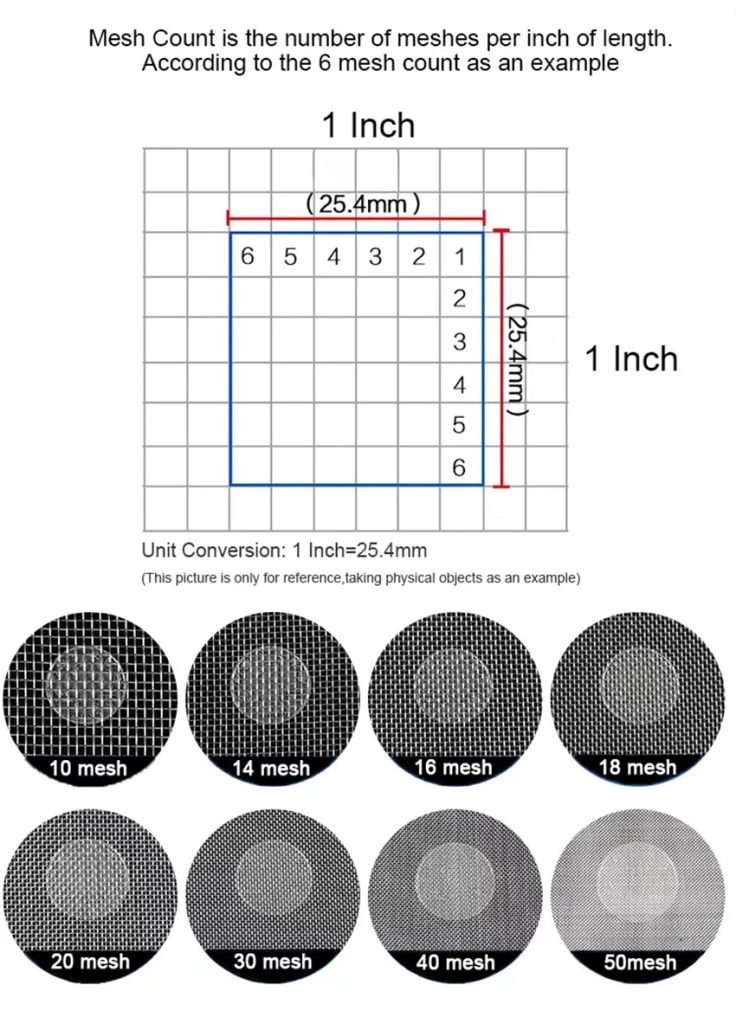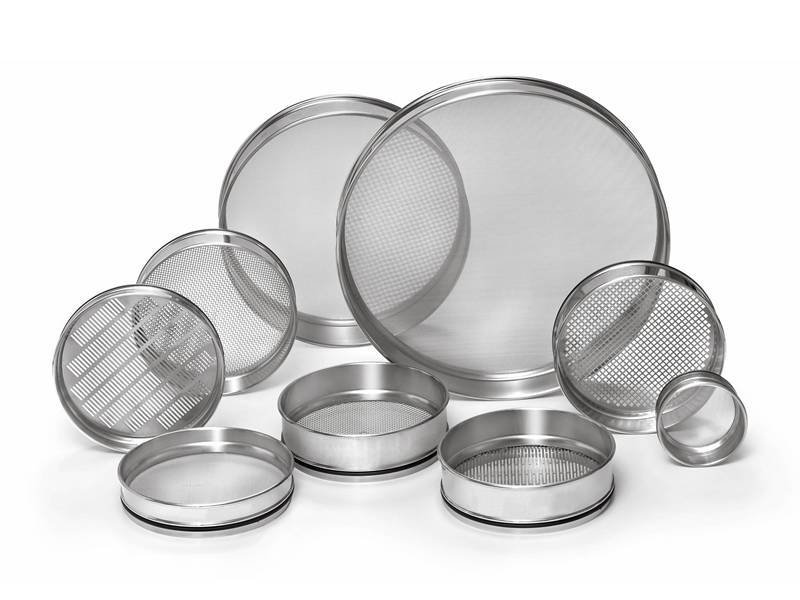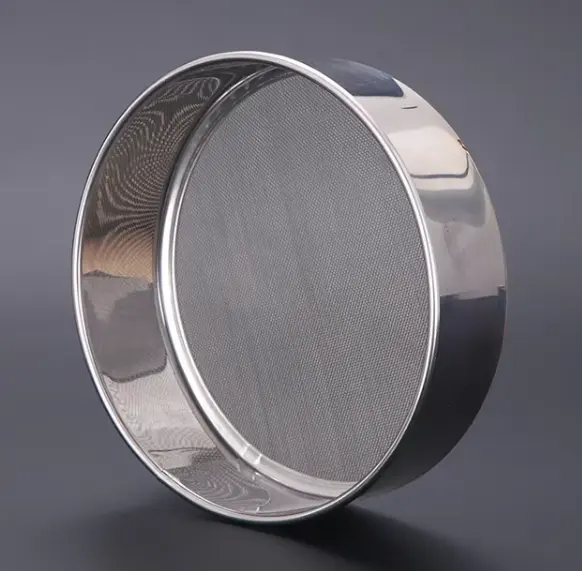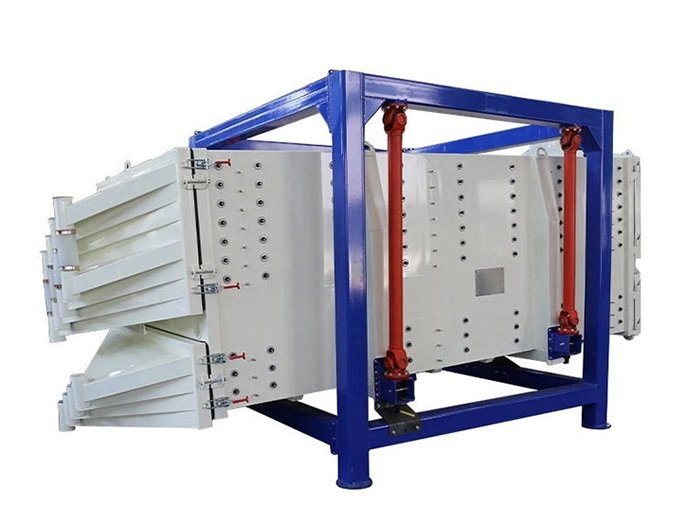Standard test sieve, also called test sieving machine or called analysis sieve. Standard test sieve is a kind of instrument used to measure the particle size, it consists of a woven wire mesh with square holes, mainly used in the laboratory for powder, bulk particles and suspensions for classification and particle size determination, it is widely used in food, building materials, metallurgy, agricultural research, chemical industry, pharmaceuticals and many other fields. Now I will take you to understand all aspects of the standard test sieve.
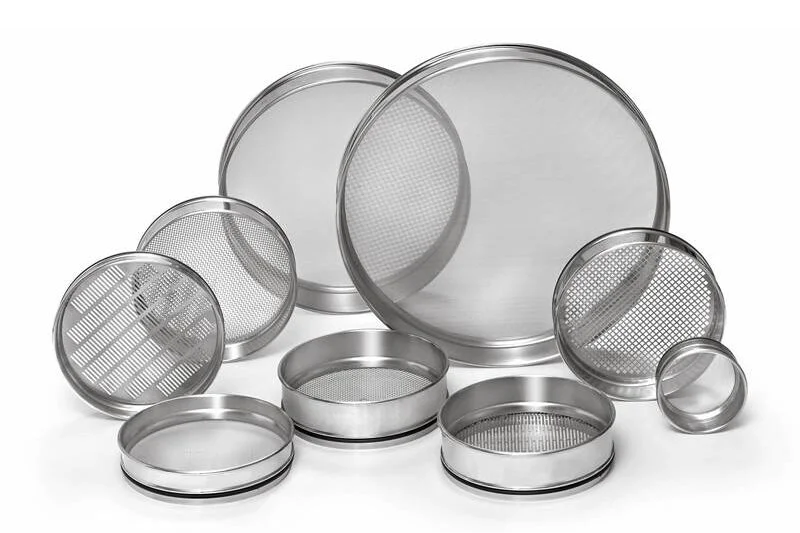
The structure of standard test sieve
Sieve mesh: the sieve mesh is the more technical part of the test sieve sieve. The most commonly used mesh type is stainless steel woven wire mesh. Opening sizes range from 5 inches (125 mm) to 635 mesh (20 microns).
Sieve Frame: the frame is the circular metal ring that holds the mesh in place. Standard frame sizes in the United States are 3 inches, 8 inches and 12 inches. Internationally, 100mm, 200mm and 300mm are standard sizes. Screen frames can be made of stainless steel or brass.
Skirt: the main purpose of the skirt is to allow the sieves to be stacked without tipping over.
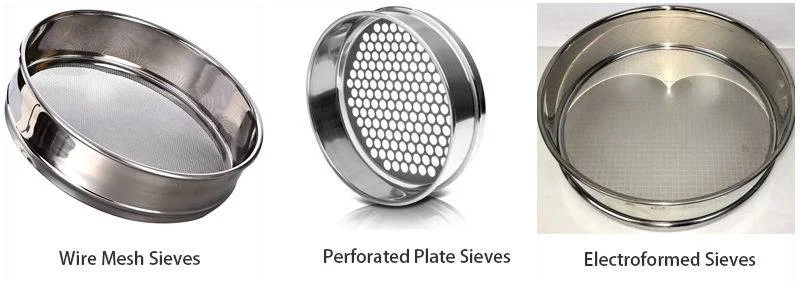
Models of standard test sieves
The common frame diameters of standard test sieves are 75mm, 100mm, 200mm, 300mm and 400mm, which are divided into woven wire mesh test sieves (mesh size of 0.02mm-2.36mm) and perforated metal plate test sieves (mesh size of 1mm-125mm).
Purpose of standard test sieves
Standard test sieves are mainly used for assessing the material particles’ The standard test sieve is mainly used to assess the particle size and distribution characteristics of the material particles, which can meet the relevant standards or process requirements. The purpose of a standard test sieve is as follows:
Particle analysis: The range of particle sizes is determined by using different mesh sizes of the standard test sieve. The material is placed on the sieve mesh of the standard test sieve, and the analysis of particles is completed according to the passage or retention of particles on the sieve mesh of different apertures.
Particle Size Distribution: Analyse the proportion of particles retained in the various layers of the standard test sieve, and generate cumulative percentage curves or particle size distribution curves.
Quality control: from the standard test sieve screening results to verify whether the material meets the preset particle size standards, detect the characteristics of the particles, to complete the optimisation of the production process and product quality control.
Uses of standard test sieves
Standard test sieves are used in a variety of industries for particle analysis. Sometimes the particles are very fine, as in the food or pharmaceutical industry, and sometimes they can be much larger, e.g. in agriculture and mining, where samples of different sizes are separated through a stack of different sizes of sieves, either individually or in stacks of up to 8 layers. With the help of standard test sieves, solid particle sizes from 125 mm to 20 μm can be measured quickly and efficiently.
Above is the introduction of standard test sieve, hope it will be helpful to you.
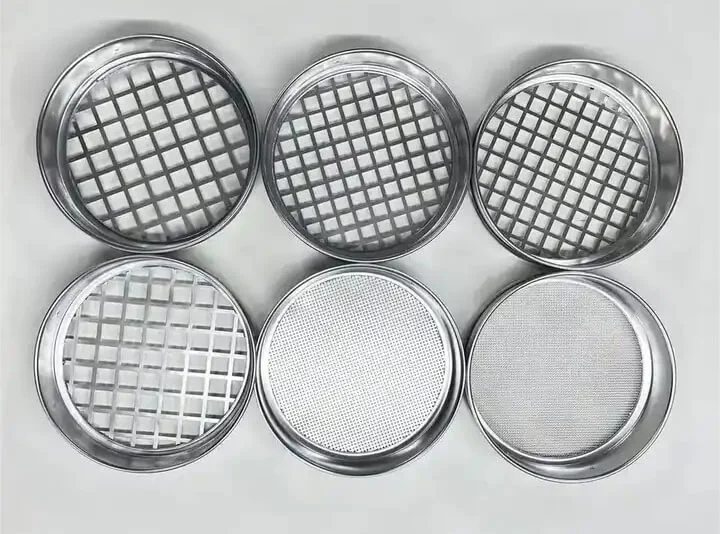
Conclusion
As a professional vibrating screening manufacturer for 30 years, our standard test sieves are all produced with high quality stainless steel screen mesh and durable screen frame, and we can also provide customised service to meet your special needs. Sanyuantang is always committed to providing customers with screening equipment that meets international standards. If you need more professional screening solutions or technical guidance, please contact our engineer team.
